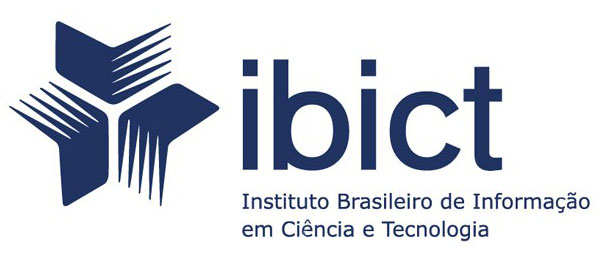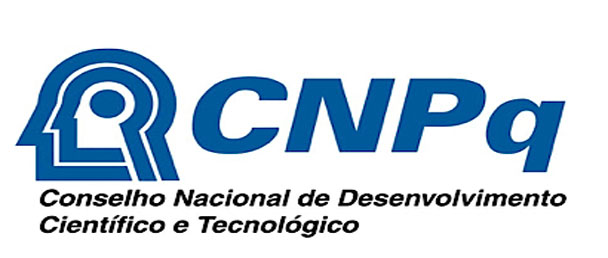A importância da tecnologia durante o ensino remoto emergencial
The importance of technology during emergency remote teaching
Abstract
This work aims to reflect on the importance of technology contributing to the continuation of teaching remotely. With the pandemic caused by COVID-19, as a result of the measure of social isolation, causing the suspension of classroom activities, it caused higher education institutions (HEIs) to reinvent themselves quickly and creatively. In this new scenario, the education network, whether public or private, faced a major challenge on how to keep their students enrolled, motivated and contain evasion. New technologies associated with teaching projects were created. Working on education is not simple, requiring a teaching methodology in synergy with the navigation tools, simple to be absorbed by students and that will create an interaction between teachers and students who are the major actors in teaching.
Downloads
Metrics
References
COSTA, Rosatelli M. An intelligent environment for collaborative learning. Florianópolis: UF SC, 1999. p. 10-12.
CRUZ, D. M., Barcia, R. M. (2000). Educação a Distância por vídeo conferência. In: Tecnologia Educacional, ano XXVIII, n. 150/151, julho/dezembro.
DOWBOR, L. The social reproduction. Sao Paulo, Voices, 1998.
FONSECA, Ana Graciela Mendes Fernandes. Brazilian Journal of Technology, Communication, and Cognitive Science. A ascensão dos dispositivos móveis e seus usos no ensino-aprendizagem - Edição nº. 2, Ano II - Agosto 2014
FRANÇA, G. (2009). Os ambientes de aprendizagem na época da hipermídia e da Educação a Distância. Revista: Perspect. Ciênc. Inf. 14(1).
JORDÃO, T. C .. Educator training: teacher education for education in a digital world. In: Digital technologies in education. MEC, 2009.
KOLL, Marta de Oliveira. Vygotsky: Aprendizado e desenvolvimento: um processo sócio-histórico. São Paulo: Scipione, 2010.
MARCUSCHI, Luiz Antônio. (2008). Produção textual, análise de gêneros e compreensão. São Paulo: Parábola.
MARCUSCHI, Luiz Antônio; Xavier, Antônio Carlos dos Santos (orgs). Hipertexto e gêneros digitais: novas formas de construção do sentido. Rio de Janeiro: Lucena. 2004.
MOORE, M. and KEARSLEY, G. Distance Education - A Systems View. Belmont: Wadsworth, 1996. 1st edition.
___________________. Educação a Distância: uma visão integrada. São Paulo:Cengage Learning, 2010.
MORENO, Nádina Aparecida. Gestão documental ou gestão de documentos: trajetória histórica. IN: BARTALO, Linete; MORENO, Nádina Aparecida (Org.). Gestão em Arquivologia: abordagens múltiplas. Londrina: Eduel, 2008.
SCHWARTZ, Christian. Windows to the future. See Digital Life, Sao Paulo, year 32, p.32, ten. 1999.
SCHERER, S. Educação bimodal: habitantes, visitantes ou transeuntes? In: Valente, J. A. & Bustamante, S. B. V. (2009). Educação a distância: prática e formação do profissional reflexivo. São Paulo: Avercamp. 259p.
SILVA, T. T., Coelho, S. Z., Valente, J.A. (2009). O papel da reflexão e dos mediadores na capacitação de aprendizes-colaboradores: um dos suportes andragógicos das comunidades virtuais de aprendizagem. In: SIMÃO Neto, Antonia. Cenários e Modalidades da EAD. Curitiba: Iesde Brasil S. A., 2010. 219 p.
SOUSA, E; SILVA, P. A Relação Professor/Aluno no Processo de Ensino/Aprendizagem. Revista Espaço Sophia nº.07, 2007.
SPANHOL, F. J. (1999). Estruturas tecnológica e ambient al de sitsemas de videoconferência na educação a distância: estudo de caso do Laboratório de Ensino a Distância da UFSC. Florianópolis: Programa de Pós-graduação em Engenharia de Produção-Universidade Federal de Santa Catarina. Dissertação de Mestrado.
TAMMARO, A. M., Salarelli, A. (2008). A biblioteca digital. Brasília, DF: Brinquet de Lemos. 378p.
VALENTE, J. A., Bustamante S. B. V. São Paulo: Avercamp.
VALENTINI, C. B., SOARES, E. M. S. (orgs). (2010). Aprendizagem em Ambientes Virtuais: compartilhando idéias e construindo cenários. Caxias do Sul: EDUCS.
VIANNA, F. D. (2009). A era tecnológica exige nova educação. Revista Mundo Jovem. 396, 10.









